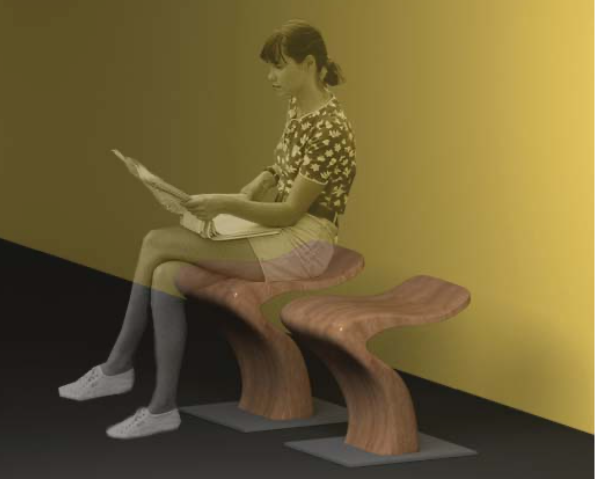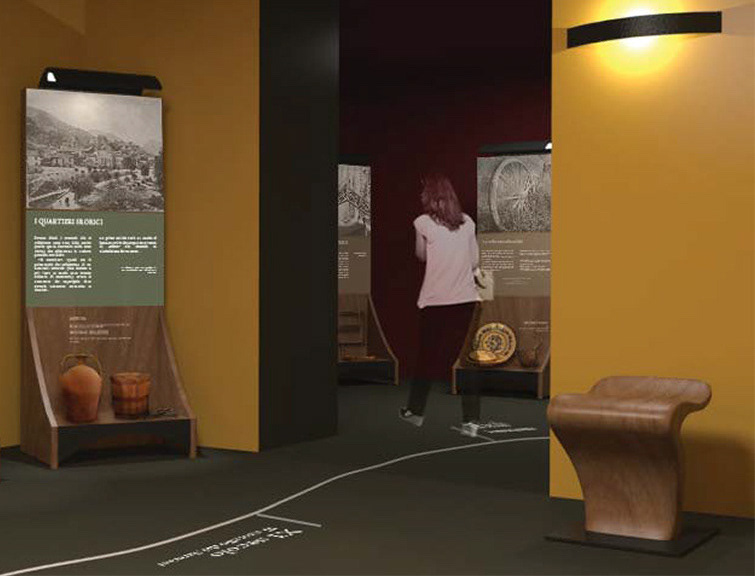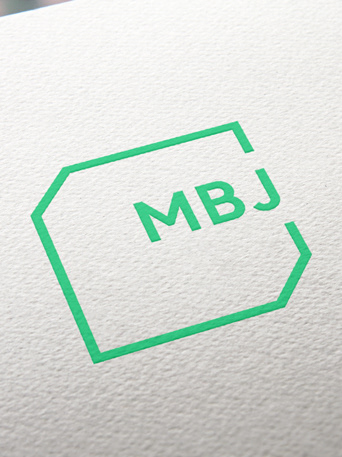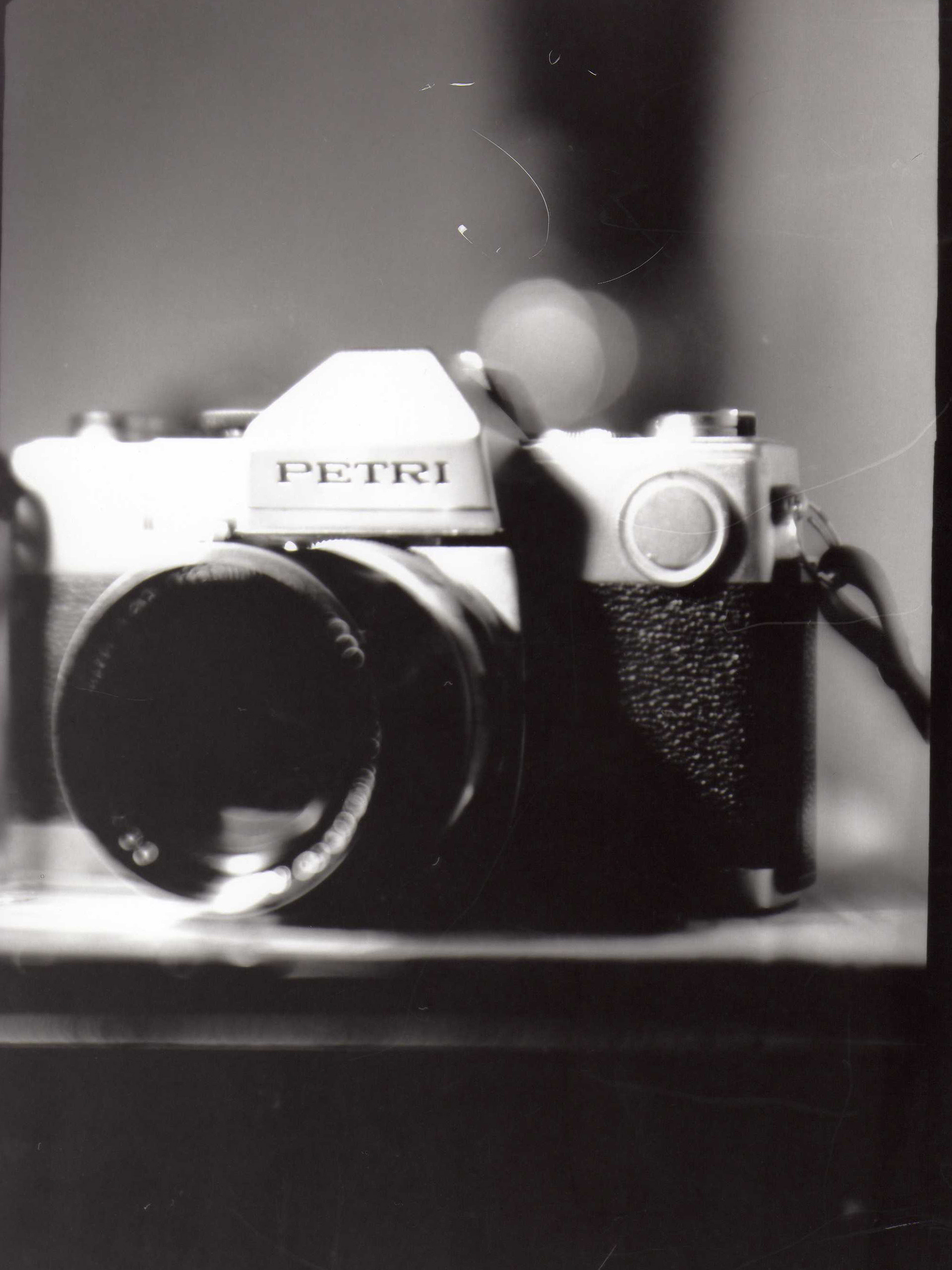― excerpts from my project's booklet: above, old photos of Lauria and of the building chosen; below, the existing architectural details of the town
I was born in a southern Italian region called Basilicata, a green, rocky, mountainous piece of land forming the instep of Italy’s boot. My hilly small hometown, Lauria, is very pretty with all its steep, winding cobbled streets and spectacular views of the valley and the mountains surrounding it. But its history is less pretty. It is known it has been destroyed by the Romans, after that by the Visigoths, then it was rebuilt in the late 5th century before being destroyed again by the Saracens during the the early 10th century. Later on, it underwent plague, earthquakes, landslides, fires and robbery. In 1806 the city was once more razed to the ground and the population slaughtered by the French soldiers as punishment for having supported the Bourbon kings.
Understandably, all of that led to a gradual disappearance of historical evidences, with the few remains defaced or replaced. That is why I decided to design an Ethnographic Museum, the right place where memories revive, as does the identity of the town, while preserving its history, authenticity and its peculiarities. After a thorough study and onsite research, I chose one of its oldest abandoned building to be adapted for this project.
My team and I outlined the redeveloped museum space, designed the whole experience including the exhibitors and seats that would be intrinsically connected to the town's prevalent architectural elements and historical artefacts on display.
I personally designed and 3D modelled each room, the wooden exhibitors, lighting and seating.



The project has been eventually suggested to the landlord of the building but unfortunately either because of budget or other priorities it hasn't been taken into consideration any further.









